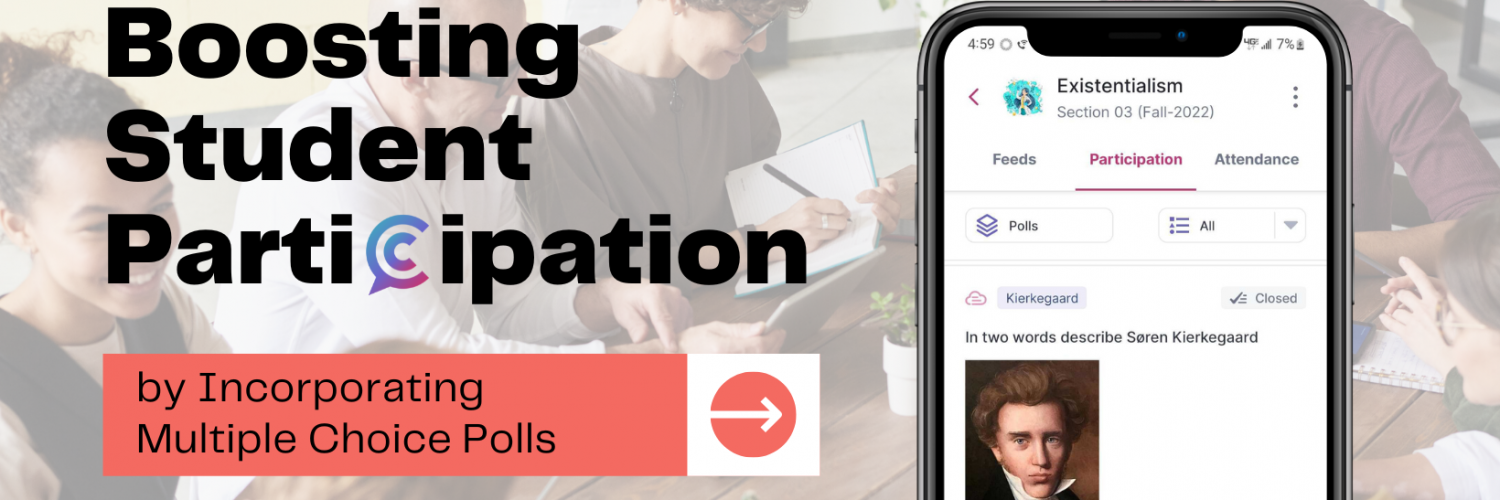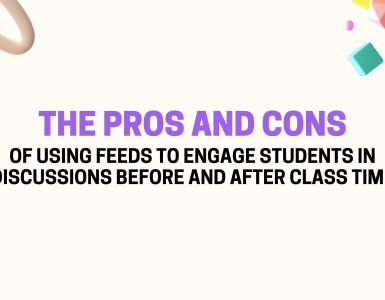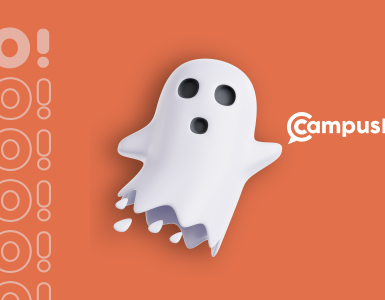As a professor, one of the most important aspects of the job is engaging students in the learning process. Creating multiple-choice poll activities is an excellent way to do this! Multiple-choice polls provide an interactive way for students to learn and understand concepts and actively participate in their learning.
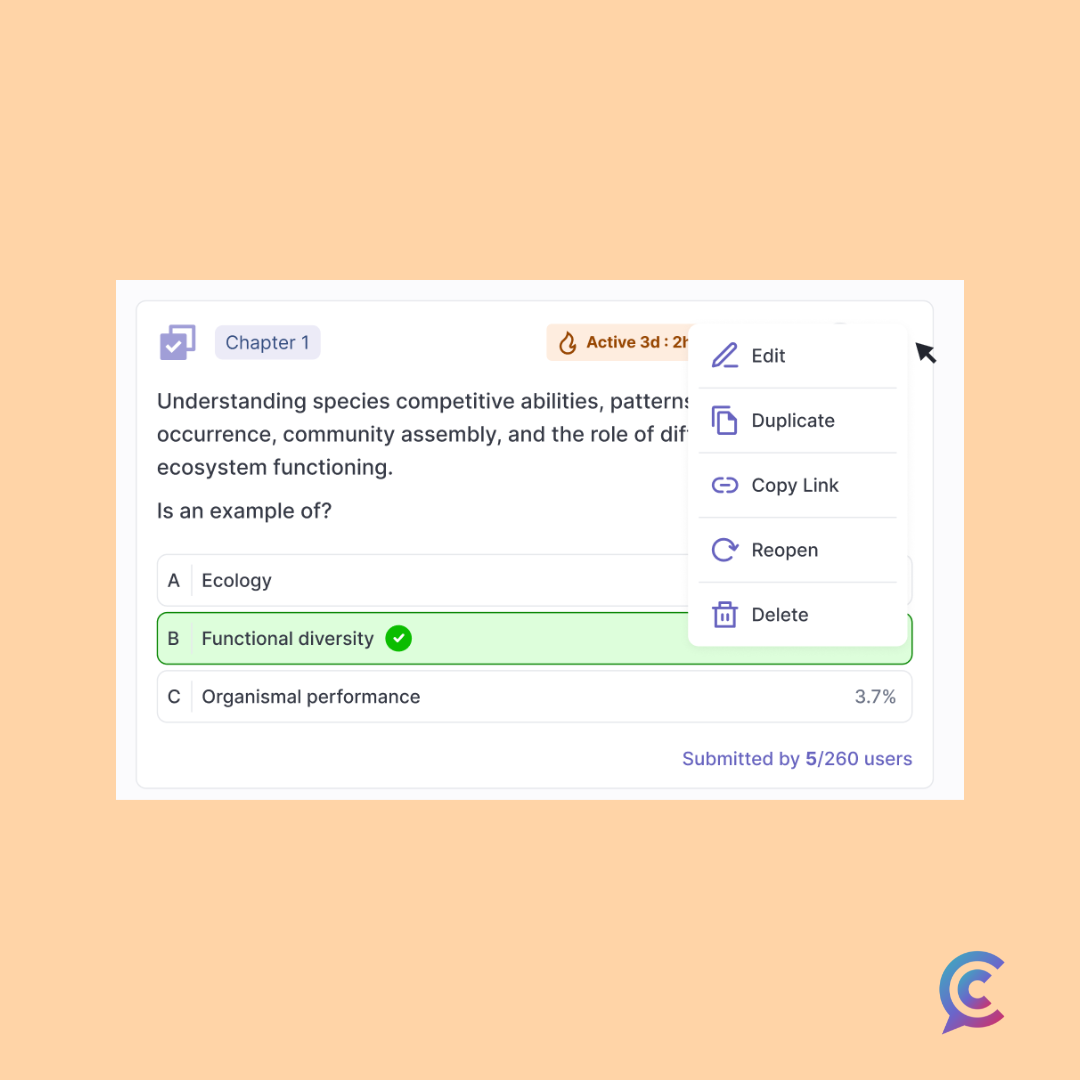
Multiple-choice polls provide an effective way to assess a student’s understanding of concepts. This can be done by asking specific questions related to the material covered, allowing you to gauge the level of comprehension of your students.
Sentence Structure
Before jumping into the type of activities, you can create using Multiple-choice polls, let’s discuss the basics of poll structure to best assess students’ understanding of the material. Here are some key elements to include in the question structure:
- Clear and concise question: Make sure the question is directly related to the material covered in class and is phrased in a clear and concise manner.
- Appropriate answer choices: Ensure that the answer choices are relevant and that there is a clear and distinct difference between the correct and incorrect answers.
- Distractor options: Include distractor options (incorrect answers) that may be plausible but are not the correct answer to make it more challenging for students.
- Neutral language: Use neutral language that is free of bias and does not lead students towards a particular answer.
- Relevant difficulty level: Consider the difficulty level of the question, making sure that it’s appropriate for the students’ current level of understanding.
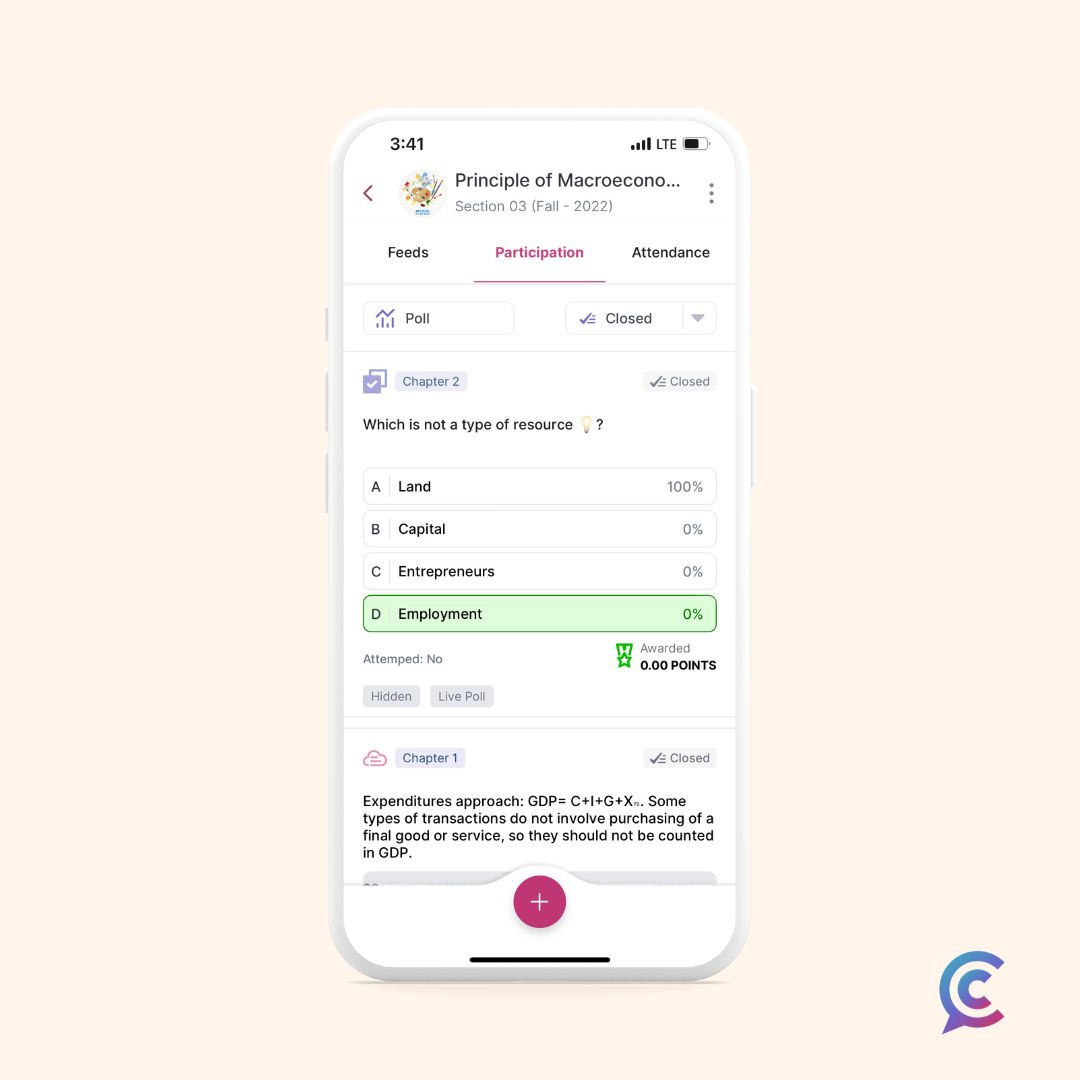
Multiple-choice Poll ideas
Here are a few pedagogical ideas for how to use polls to enhance student learning and participation in class using a student response system like CampusKnot:
Pre-class preparation: Before class, create polls to assess students’ prior knowledge of the material. This will help you gauge their understanding and tailor your instruction accordingly. Here are a few examples to try:
- What is the main idea of the assigned reading?
- Which of the following is not a component of (input topic)?
- What is the formula for calculating the (input topic)?
In-class review: Use polls to review key concepts and test students’ understanding of the material in real time. This will allow you to identify areas of confusion and provide additional support quickly. The question structure is similar, with two key differences:
- Publish timely and relevant content: Make sure the questions are relevant to the material covered in class and are designed to test students’ understanding of the material in real time.
- Immediate feedback: Ensure that students receive immediate feedback on their answers, so they can quickly identify their strengths and weaknesses and adjust their learning accordingly.
Group discussions: Use polls to stimulate group discussions and encourage active participation among all students. For example, you can create a poll with a question and multiple answer choices and have students discuss the question in small groups before voting on the answer.
- Open-ended questions: Use open-ended questions that encourage students to think deeply about the topic and share their perspectives.
Formative assessments: Use polls as a form of formative assessment to check students’ understanding of the material and provide immediate feedback.
Gamification: Incorporate polls into a game-like format to make learning fun and engaging. For example, you can use polls to award points to students for correct answers or participation.
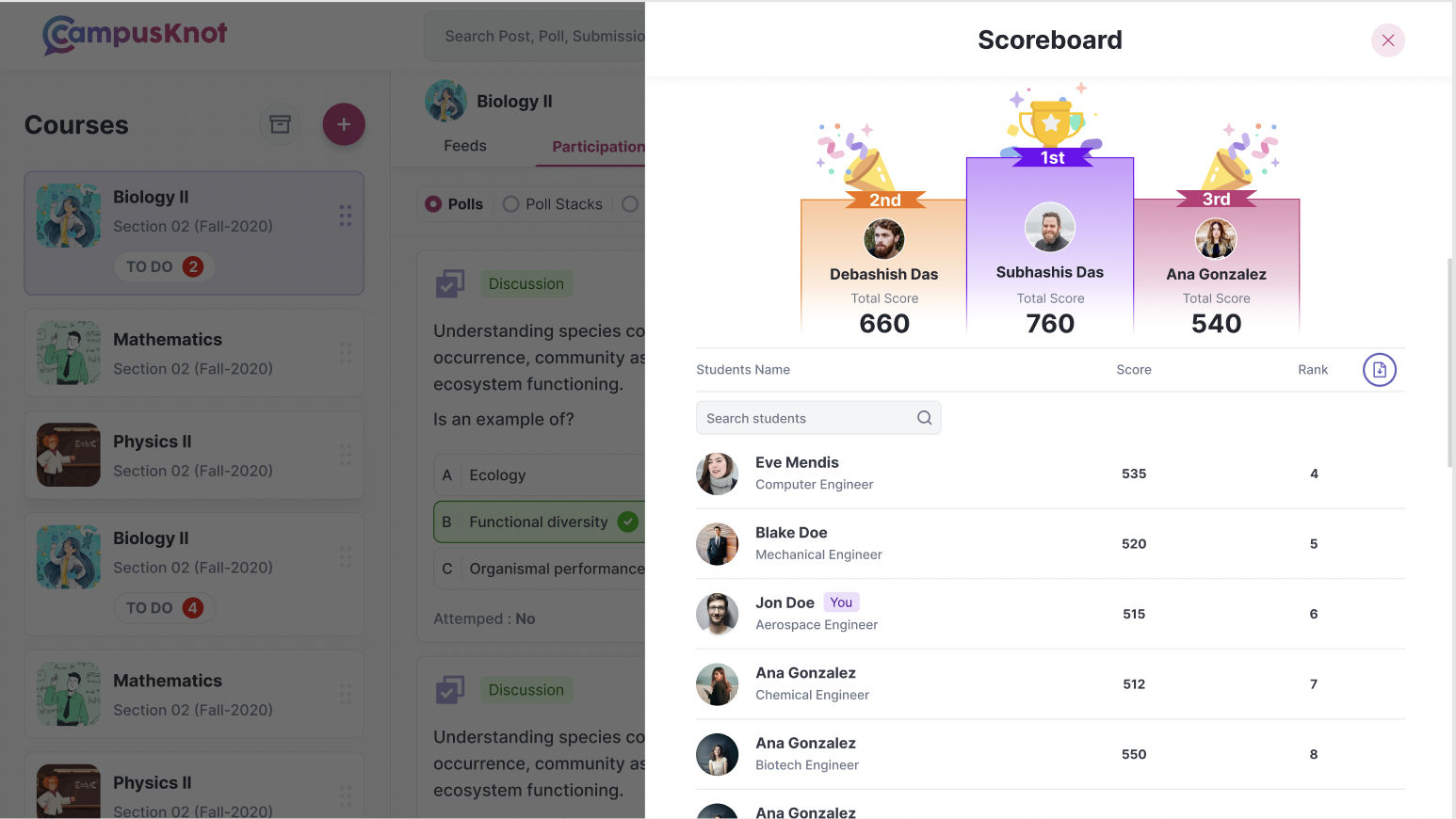
Content creation: Use polls to facilitate student-generated content. For example, you can ask students to come up with multiple-choice questions related to the material and then use those questions in a class poll.
Multiple-choice polls can be a valuable tool for professors to engage students in the classroom. By encouraging students to participate in polls, they will feel valued and appreciated, leading to better student-instructor interactions. Finally, multiple-choice polls are an excellent way to make learning fun and engaging.

